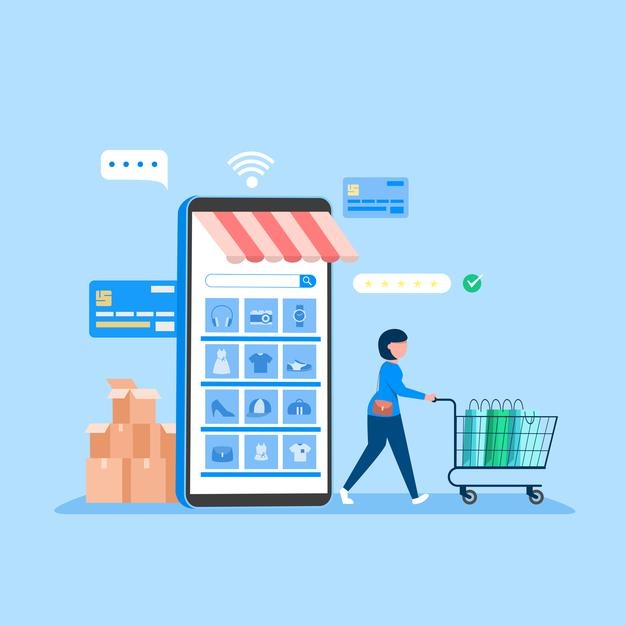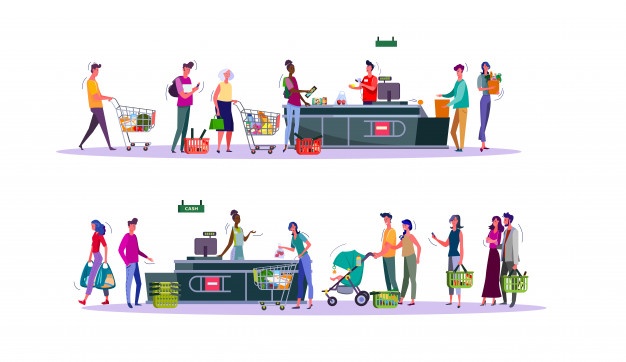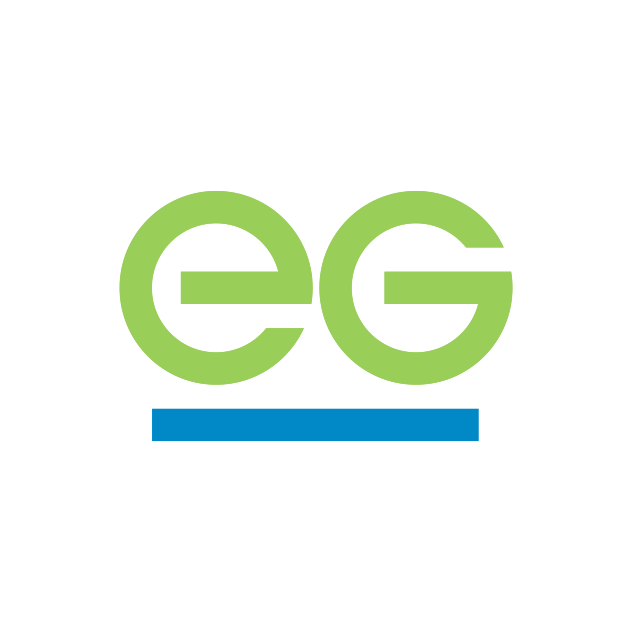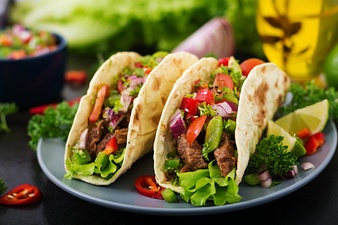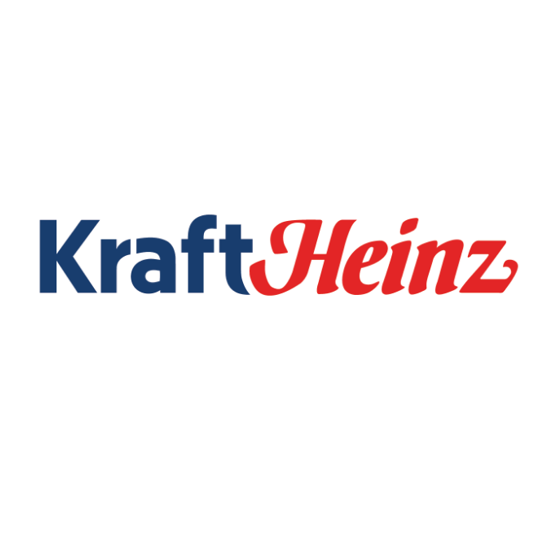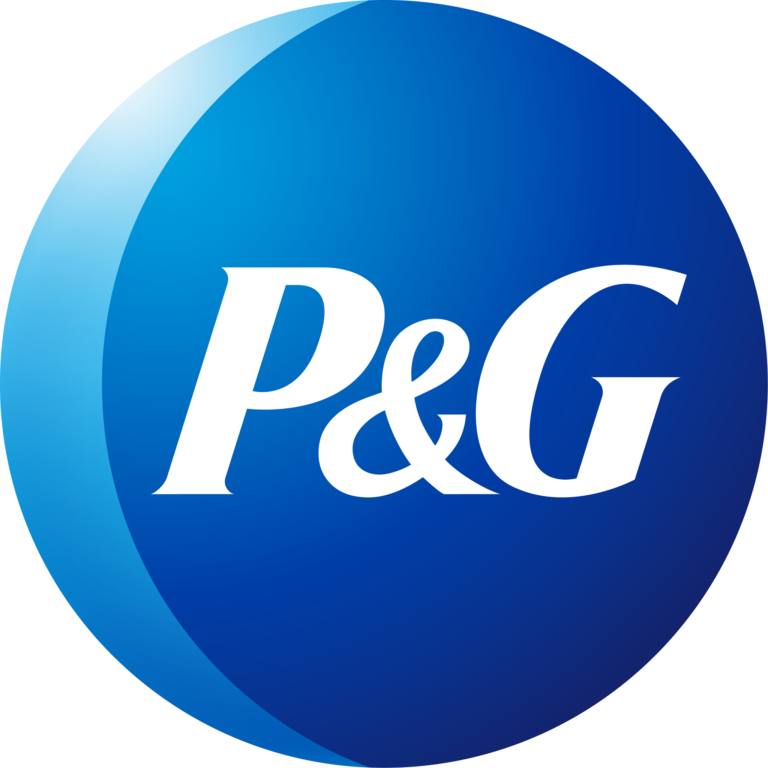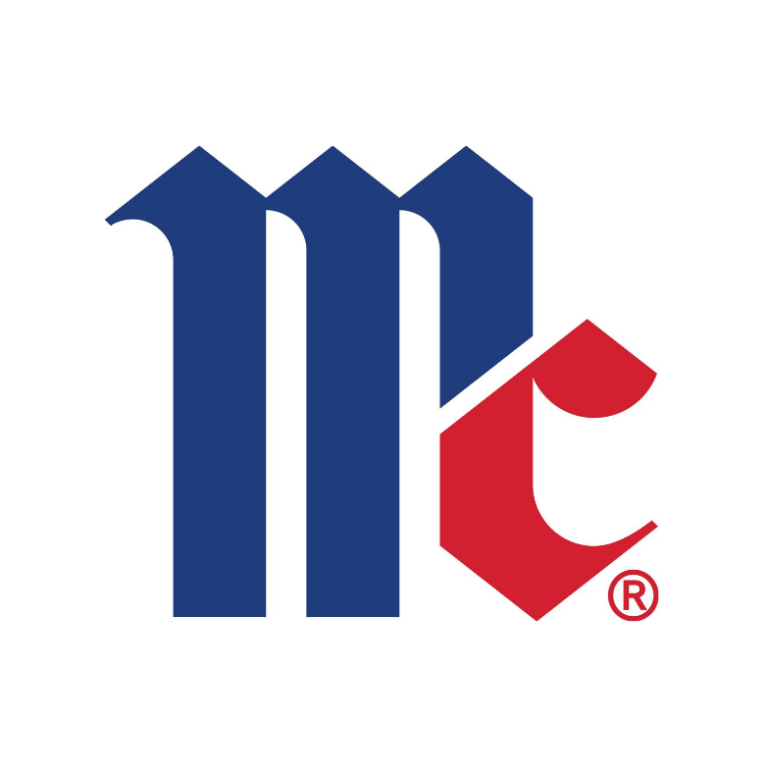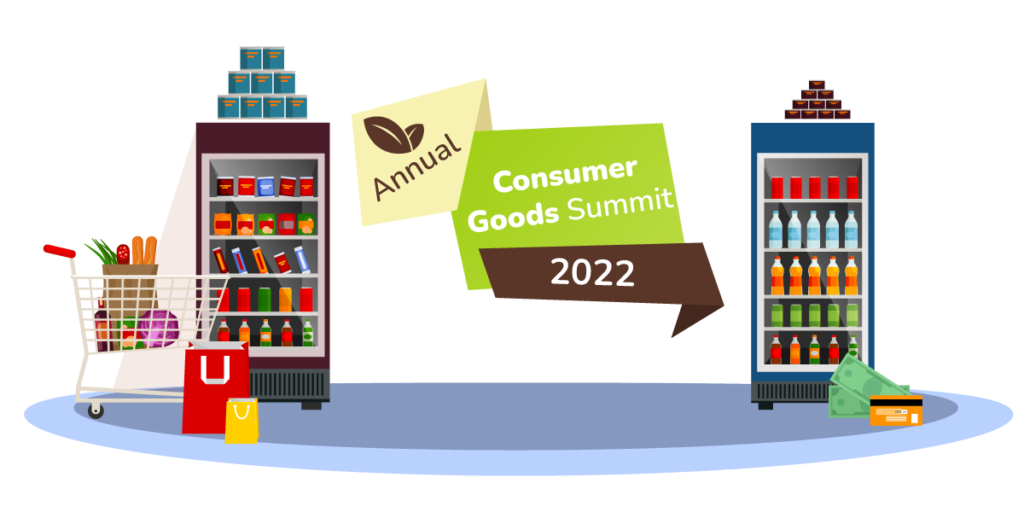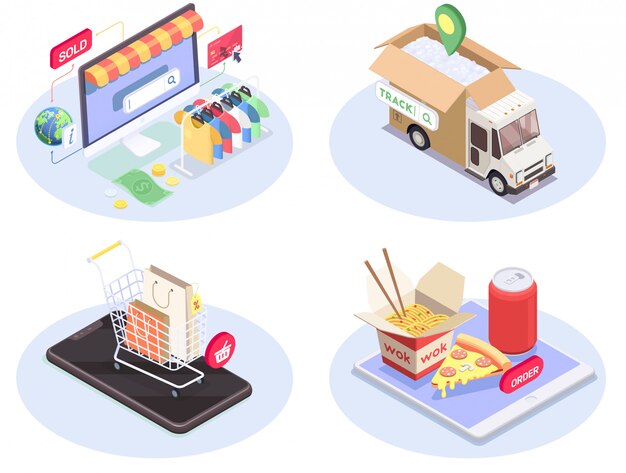
2022 will offer five retail and CPG trends to manufacturers and executives
As per the report shared by The Boston Consulting Group, a global management consulting firm, CPG companies grew up to 10.4% in 2021. The retail industry is expected to look forward to the following trends in 2022. 1, CPG companies would shift their channel preferences from DTC to e-commerce, personalization, and customer contact centre. Retailers would integrate the operational systems and customer experience, featuring both online and in-store platforms. 2. Acosta, a sales and marketing firm, claims that 47% of adults have eaten breakfast and lunch, plus 35% of them have snacked regularly at home while working and now they are looking forward to new options. 3, The report from Juniper reveals that investments in AI would continue to grow in 2022, reaching $7.3 billion. 4, CPG and retailers would explore new types of data and the latest analytics in the supply chain along with strengthening the internet of things (IoT). 5, The 2019 UNGC-Accenture CEO study holds that sustainability will be the new normal in 2022, as 99% of the CEOs from big firms think that CSR activities can drive success for their business. Read more from Risnews

